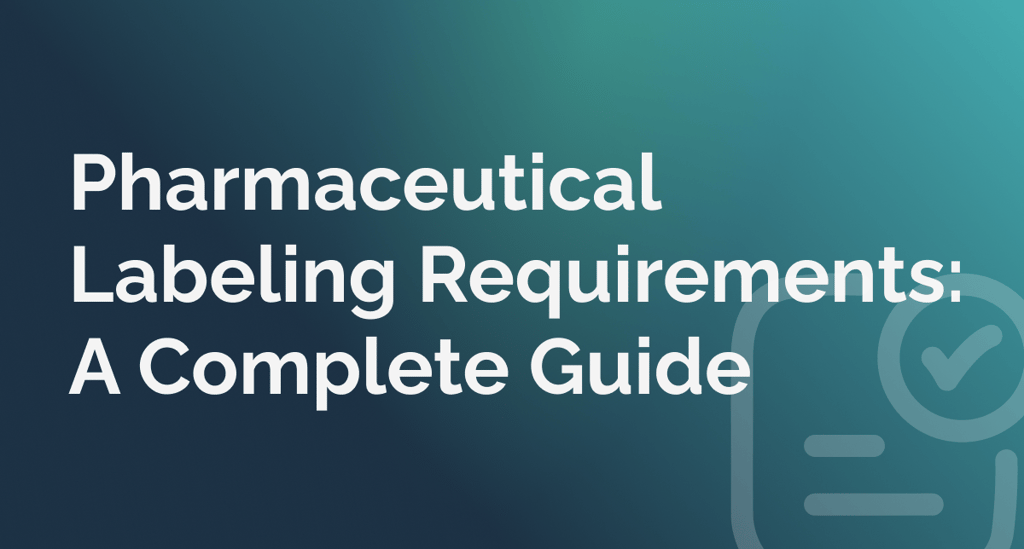Regulatory content review is critical for industries like pharmaceuticals, finance, and healthcare, where precision and compliance are non-negotiable. From drug labeling to financial disclosures, ensuring that content is accurate, consistent, and compliant with regulations is essential. However, the traditional approaches to content review often involve manual processes that are time-consuming, error-prone, and inefficient.
Organizations must find ways to optimize their workflows to keep up with increasing demands, regulatory complexities, and growing volumes of documentation. In this article, we’ll explore actionable strategies to improve workflow efficiency in regulatory content review and meet the challenges of today’s fast-paced, highly regulated environments.
Why Workflow Efficiency Matters in Regulatory Content Review
Efficient workflows are more than a productivity booster – they’re necessary in regulated industries. Here’s why:
-
Regulatory Deadlines: Missing a submission or approval deadline can lead to costly penalties, product delays, or missed market opportunities.
-
Error Reduction: Manual workflows are prone to human error, which can lead to non-compliance and reputational damage.
-
Scaling Challenges: As businesses grow and regulations evolve, inefficient workflows can quickly become bottlenecks, hindering productivity and growth.
-
Resource Optimization: Inefficient processes often result in wasted time and resources, which can impact the bottom line.
Strategies to Improve Workflow Efficiency in Regulatory Content Review
1. Automate Repetitive Tasks
One of the quickest ways to improve efficiency is to reduce the reliance on manual processes. Tasks such as content comparison, document formatting, and version tracking can be automated using advanced tools.
For example:
- Content Comparison Tools: Automating the comparison of different document versions ensures accuracy and consistency while drastically reducing review times.
- Optical Character Recognition (OCR): Use OCR technology to digitize and process scanned documents quickly, eliminating manual data entry.
By automating repetitive tasks, you free up your team to focus on high-value activities like decision-making and compliance strategy.
2. Implement Centralized Document Management
Regulatory content often passes through multiple stakeholders—writers, reviewers, legal teams, and regulatory bodies. Without a centralized system, it’s easy for teams to lose track of versions, comments, and updates.
Invest in a centralized document management system that offers:
- Real-time collaboration and version control.
- Access control to ensure only authorized individuals can make changes.
- An audit trail to track changes and approvals.
Centralized systems reduce confusion, improve communication, and ensure that everyone is working on the latest version of a document.
3. Streamline Approval Workflows
Inefficient approval workflows are a common bottleneck in regulatory content review. Delayed feedback, unclear responsibilities, and redundant reviews can all slow down the process.
To streamline approvals:
- Define Clear Roles and Responsibilities: Ensure every team member knows their role in the approval process.
- Set Deadlines for Each Stage: Create a timeline for each step of the review process to keep everyone on track.
- Use Workflow Automation Tools: Tools that automate notifications, escalate overdue tasks, and track approvals can significantly speed up the process.
4. Ensure Compliance at Every Step
Compliance shouldn’t be an afterthought—it should be embedded into every stage of the content review process. This reduces the risk of errors and ensures that the final content meets regulatory requirements.
Here’s how:
- Use compliance checklists that align with industry regulations.
- Implement tools that validate content in real-time, flagging inconsistencies or non-compliance issues as they arise.
- Conduct periodic training sessions to keep your team updated on regulatory changes and best practices.
5. Leverage Data Insights for Continuous Improvement
Your workflow efficiency can always improve, and data is your best ally in identifying areas for optimization. Use analytics tools to track metrics like:
- Average review and approval times.
- Error rates in reviewed content.
- Bottlenecks in the workflow.
Analyzing these metrics helps you pinpoint inefficiencies and make data-driven decisions to refine your processes further.
Real-World Example: How Automation Transforms Regulatory Content Review
Imagine a pharmaceutical company preparing a regulatory submission for a new drug. The process involves multiple document versions, compliance checks, and feedback loops across different teams.
Traditional Workflow:
-
Manual comparison of document versions leads to inconsistencies.
-
Delays occur due to miscommunication between teams.
-
Errors are flagged late in the process, requiring rework.
Optimized Workflow with Automation:
-
Automated content comparison tools ensure consistency across document versions.
-
Centralized document management streamlines collaboration and version control.
-
Real-time compliance checks catch errors early, saving time and reducing rework.
The result? Faster approvals, fewer errors, and a more efficient workflow that supports scalability and compliance.
The Role of Technology in Shaping the Future of Workflow Efficiency
The future of regulatory content review lies in automation, integration, and data-driven decision-making. By adopting the right tools and strategies, businesses can:
- Scale their operations without sacrificing quality or compliance.
- Reduce review and approval times, meeting tight deadlines with ease.
- Maintain a competitive edge by optimizing resources and improving productivity.
Conclusion
Regulatory content review doesn’t have to be a bottleneck. By automating repetitive tasks, streamlining workflows, and embedding compliance into every step, businesses can significantly improve efficiency and reduce risks.
If you’re ready to improve your workflow, contact us today to learn how our tools can help you achieve greater efficiency, accuracy, and compliance in your regulatory content review processes.




